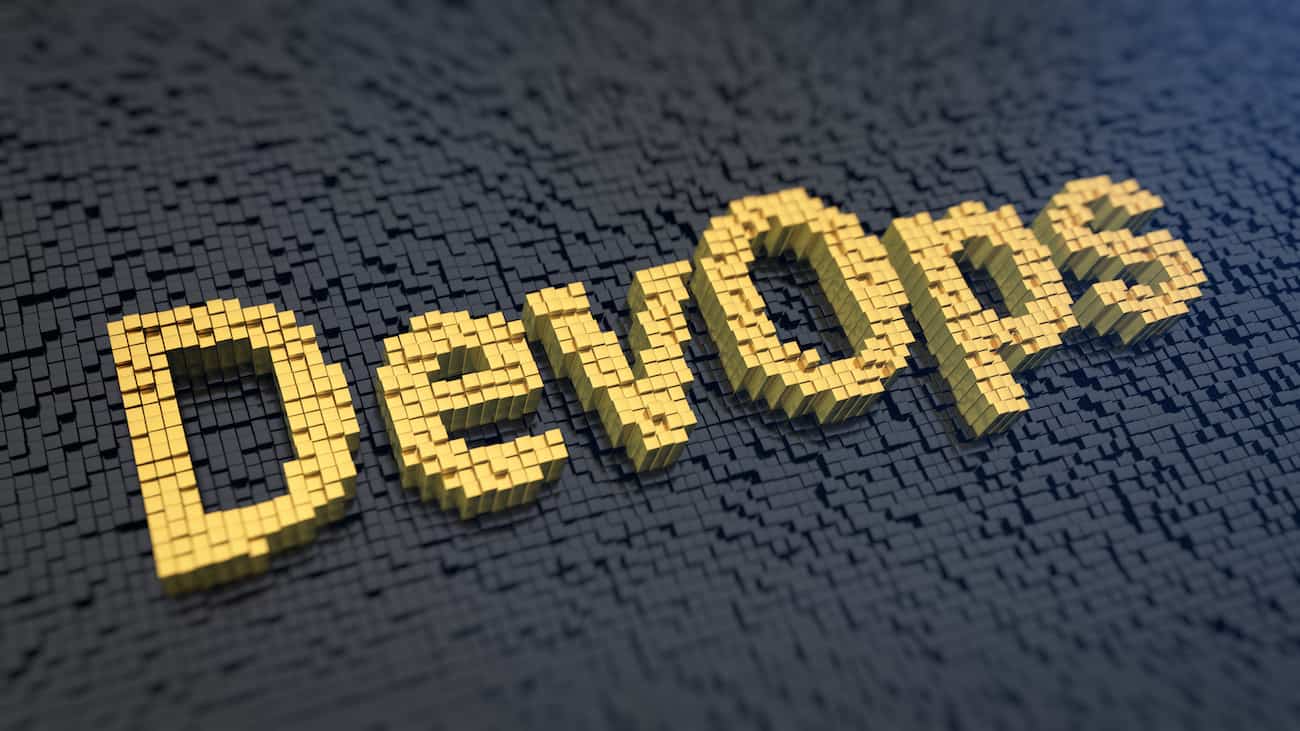The growing adoption of artificial intelligence (AI) and machine learning (ML) systems has made these technologies prime targets for sophisticated cyberattacks. From data poisoning attacks to adversarial manipulations that confuse AI decision-making, vulnerabilities span the entire lifecycle of AI systems.
In response, MLSecOps (Machine Learning Security Operations) has emerged as a discipline focused on ensuring robust security for AI/ML systems. This framework addresses emerging threats with comprehensive practices and five fundamental pillars.
1. Vulnerabilities in the AI Software Supply Chain
AI systems rely on a complex ecosystem of tools, data, and ML components, often sourced from multiple vendors. If not properly secured, these elements can become targets for malicious actors.
An example of a supply chain attack is the SolarWinds hack, which compromised government and corporate networks by inserting malicious code into widely used software. In AI, this could happen through the injection of corrupt data or manipulated components.
MLSecOps addresses these risks through continuous monitoring of the supply chain, verifying the origin and integrity of ML assets, and establishing security controls at each phase of the AI lifecycle.
2. Model Provenance
In AI, models are often shared and reused, raising concerns about model provenance: how it was developed, what data was used, and how it has evolved. Understanding this history is crucial for identifying security risks and ensuring that the model performs as intended.
MLSecOps recommends maintaining a detailed history of the development lineage of each model, including an AI-Bill of Materials (AI-BOM). This record allows organizations to track changes, protect model integrity, and prevent internal or external manipulations.
3. Governance, Risk, and Compliance (GRC)
Proper governance is essential to ensure that AI systems are fair, transparent, and accountable. The GRC framework includes tools like the AI-BOM, which provides a comprehensive view of the components of an AI system, from training data to model dependencies.
Furthermore, regular audits are a recommended practice to assess biases and ensure regulatory compliance, fostering public trust in AI-driven technologies.
4. Trustworthy AI
As AI influences critical decisions, trustworthy AI becomes an essential element within the MLSecOps framework. This involves ensuring transparency, explainability, and integrity of ML systems throughout their lifecycle.
Trustworthy AI promotes continuous monitoring, fairness assessments, and strategies to mitigate biases, ensuring that models are resilient and ethical. This approach reinforces trust in AI, both for users and regulators.
5. Adversarial Machine Learning
Adversarial Machine Learning (AdvML) is a critical component of MLSecOps that addresses the risks associated with adversarial attacks. These attacks manipulate input data to deceive models, leading to incorrect predictions or unexpected behaviors.
For example, small changes to an image could cause a facial recognition system to misidentify a person. MLSecOps proposes strategies such as adversarial training and stress testing to identify weaknesses before they can be exploited.
Conclusion
MLSecOps combines these five key areas to address security challenges in AI, establishing a comprehensive framework that protects ML systems against emerging threats. By incorporating security practices at every phase of the AI lifecycle, organizations can ensure their models are secure, resilient, and high-performing in a constantly evolving technological landscape.
Implementing MLSecOps not only strengthens cybersecurityCybersecurity solutions are essential in the digital age…, but also ensures ethical and trustworthy development, positioning companies as leaders in an increasingly competitive AI landscape.

